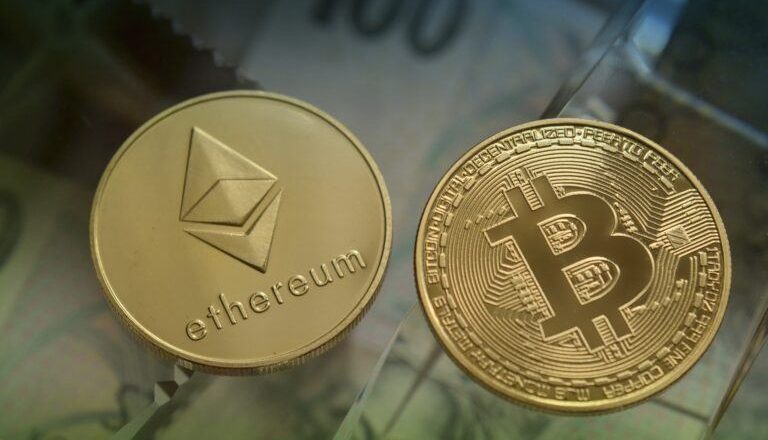Why Ethereum’s Merge Is “Likely as a Big a Deal As the BTC Halving”, Explains Analyst
On Thursday (April 4), popular New Zealand based crypto analyst and influencer Lark Davis explained why Ethereum’s “Merge” hard fork (which is when the Ethereum network is making the transition from proof-of-work to proof-of-stake) could be more important than some people realize.
Here is how Ethereum Foundation explains The Merge:
“The Merge represents the joining of the existing execution layer of Ethereum (the Mainnet we use today) with its new proof-of-stake consensus layer, the Beacon Chain. It eliminates the need for energy-intensive mining and instead secures the network using staked ETH. A truly exciting step in realizing the Ethereum vision – more scalability, security, and sustainability.
“It’s important to remember that initially, the Beacon Chain shipped separately from Mainnet. Ethereum Mainnet – with all it’s accounts, balances, smart contracts, and blockchain state – continues to be secured by proof-of-work, even while the Beacon Chain runs in parallel using proof-of-stake. The approaching Merge is when these two systems finally come together, and proof-of-work is replaced permanently by proof-of-stake.
“Let’s consider an analogy. Imagine Ethereum is a spaceship that isn’t quite ready for an interstellar voyage. With the Beacon Chain, the community has built a new engine and a hardened hull. After significant testing, it’s almost time to hot-swap the new engine for the old mid-flight. This will merge the new, more efficient engine into the existing ship, ready to put in some serious lightyears and take on the universe.“
Anyway, here is what Davis tweeted earlier today:
On July 14, the “Ethereum Beacon Chain community health consultant” announced the provisional date for mainnet Merge:
On July 18, Twitter user “@econoar” (who identifies an Ethereum maximalist) had the following to say to his over 141K followers about the main benefits of The Merge:
“In ~2 months from now Ethereum and ETH will completely transform for the better: -ETHs issuance will drop from +3.7% a year to -0.5% -Tx fees and MEV will be added to stakers yield, boosted it well above the current 5% -Ethereum will reduce network energy usage by 99.99%“
On July 21, Russian-Canadian programmer Vitalik Buterin, who is the creator of Ethereum, shared his thoughts about “the longer-term future of the Ethereum protocol” at the annual Ethereum Community Conference (EthCC) in Paris, France.
Buterin started his talk by saying:
“The Etheruem protocol right now is in the middle of this long and complicated transition, and it’s a transition toward becoming a system, which is much more powerful and robust in a lot of ways, right?
“At the end of the last year, I published this kind of updated roadmap document, where I talked about these big five categories of stuff that’s happening in Ethereum protocol land, where there’s the merge, the surge, the verge, and then a bit lower is going to be the purge and the splurge, right?
“The Merge is proof of stake. The Surge is sharding, and The Verge is Verkle Trees, The Purge is things like state expiry and deleting old history, and The Splurge is basically just all of the other fun stuff.”
https://youtube.com/watch?v=kGjFTzRTH3Q%3Ffeature%3Doembed
On July 22, 21 year-old Australian crypto investor and analyst Miles Deutscher, who recently joined Crypto Banter to host a daily DeFi show, took to Twitter to explain further what each of these five stages in the Ethereum roadmap mean.
Here is what Deutscher had to say about the five stages mentioned by Buterin during his talk:
- The Merge: “Now becomes a deflationary asset (reduced issuance). Cuts power usage by 99%. The date of this upgrade is currently September 19th, 2022.“
- The Surge: “This will significantly increase the network’s scalability.“
- The Verge: “This will optimise storage on Ethereum and help reduce node size. Ultimately, this assists $ETH in becoming more scalable.“
- The Purge: “Reduces the hard drive space needed for validators. This eliminates historical data and bad debt. Streamlines storage, which in turn reduces network congestion.“
- The Splurge: “A series of miscellaneous smaller upgrades which ensure the network runs smoothly following the prior 4 stages.“
Image Credit
Featured Image by vjkombajn via Pixabay.com
Source: Read Full Article


